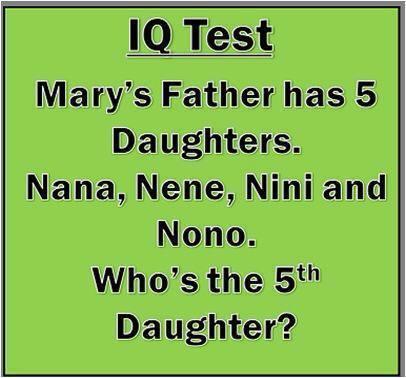While I agree with your article for the most part, your numbers don't show devices, just networks. With the limited data plans of most wireless carriers, I tend to only stream video when connected to Wi-Fi, which contributes to that fixed network number. Most of the time I'll stream something to my big screen, but if it's busy, I'll watch on my phone.
Just an alternate take.




























































